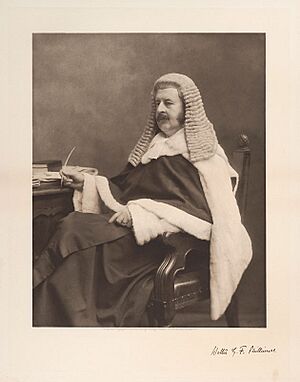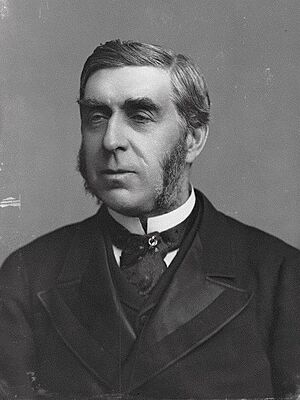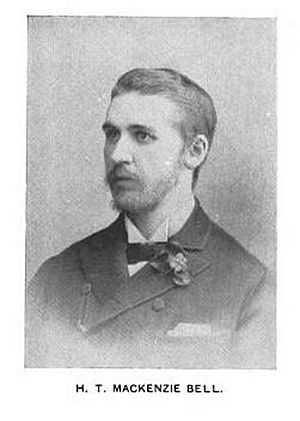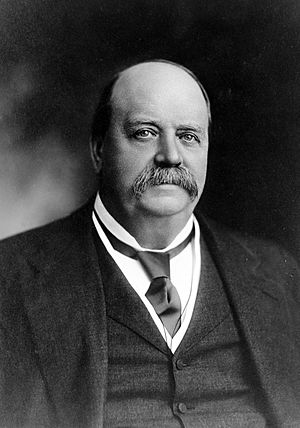Westminster St George's (UK Parliament constituency) facts for kids
Quick facts for kids {{{Name}}}[[{{{Type}}} constituency]] |
|
|---|---|
| [[Image:{{{Map1}}}Constituency.svg|120px|]] [[Image:England{{{Map2}}}.svg|120px|]] |
|
| {{{Name}}} shown within [[{{{Entity}}}]], and {{{Entity}}} shown within England | |
| Created: | {{{Year}}} |
| MP: | {{{MP}}} |
| Party: | {{{Party}}} |
| Type: | House of Commons |
| County: | [[{{{County}}}]] |
| EP constituency: | [[{{{EP}}} (European Parliament constituency)|{{{EP}}}]] |
Westminster St George's was a special area in Central London that had its own representative in the Parliament of the United Kingdom. This area was called a parliamentary constituency. It was first known as St George's, Hanover Square.
People living in this area voted for one person to be their Member of Parliament (MP). This MP would then speak for them in the House of Commons. The winner was chosen using the "first past the post" system. This means the person with the most votes wins, even if they don't get more than half of all votes.
Contents
What Was Westminster St George's?
This special voting area was created in 1885. It was set up by a law called the Redistribution of Seats Act 1885. At first, it was named "St George Hanover Square". This name came from a local area known as the parish of St George Hanover Square.
Later, in 1918, its name was changed to "Westminster St George's". This constituency existed until 1950, when it was removed.
Where Was This Area Located?
The boundaries of a constituency show exactly where it is. These boundaries can change over time.
1885 to 1918: St George Hanover Square
From 1885 to 1918, the constituency was exactly the same as the local area called the civil parish of St George Hanover Square. A civil parish is a type of local government area. In 1900, this parish became part of the Metropolitan Borough of Westminster. This change was for local government, but it didn't change the constituency's name or its borders until 1918.
1918 to 1950: Westminster St George's
In 1918, the constituency's boundaries were updated. It then included several parts, or "wards," of the Metropolitan Borough of Westminster. These wards were:
- Conduit: A small area that stretched from Regent Street through Hanover Square. It also included parts of Berkeley Square and went down to the Ritz on Piccadilly.
- Grosvenor: This ward covered all of Mayfair and the northern part of Hyde Park.
- Hamlet of Knightsbridge: This included the southern part of Hyde Park. It also covered Knightsbridge and some of the museum area near South Kensington, like the Royal Albert Hall.
- Knightsbridge St. George's: This ward covered the area known as Belgravia.
- Victoria: A very large ward that went from Buckingham Palace southwards. It included Victoria Station and Pimlico.
The constituency also included a small part of the Charing Cross Ward. This part covered some of the grounds of Buckingham Palace. However, very few people lived there, so it didn't have many voters. These new boundaries were officially set by a law in 1918.
Who Represented the Area?
Many different people served as the Member of Parliament for Westminster St George's. They belonged to different political parties. Here are some of the MPs who represented the area:
| Year | Member | Party | |
|---|---|---|---|
| 1885 | Lord Algernon Percy | Conservative | |
| 1887 | George Goschen | Liberal Unionist | |
| 1893 | Conservative | ||
| 1900 | Hon. Heneage Legge | Conservative | |
| 1906 | Hon. Alfred Lyttelton | Liberal Unionist | |
| 1912 | Unionist | ||
| 1913 | Sir Alexander Henderson | Unionist | |
| 1916 | Sir George Reid | Unionist | |
| 1918 | Sir Newton Moore | Unionist | |
| 1918 | Walter Long | Unionist | |
| 1921 | James Erskine | Anti-Waste League/Independent Conservative | |
| 1923 | Unionist | ||
| 1929 | Sir Laming Worthington-Evans | Unionist | |
| 1931 | Duff Cooper | Conservative | |
| 1945 | Arthur Howard | Conservative | |
| 1950 | constituency abolished | ||
Elections and Voting
People in Westminster St George's voted in general elections and sometimes in "by-elections." A by-election happens when an MP leaves their job before the next general election. This means the people in that area need to vote for a new MP right away.
The election results show how many votes each candidate received. They also show the turnout, which is the percentage of people who voted.
Images for kids












